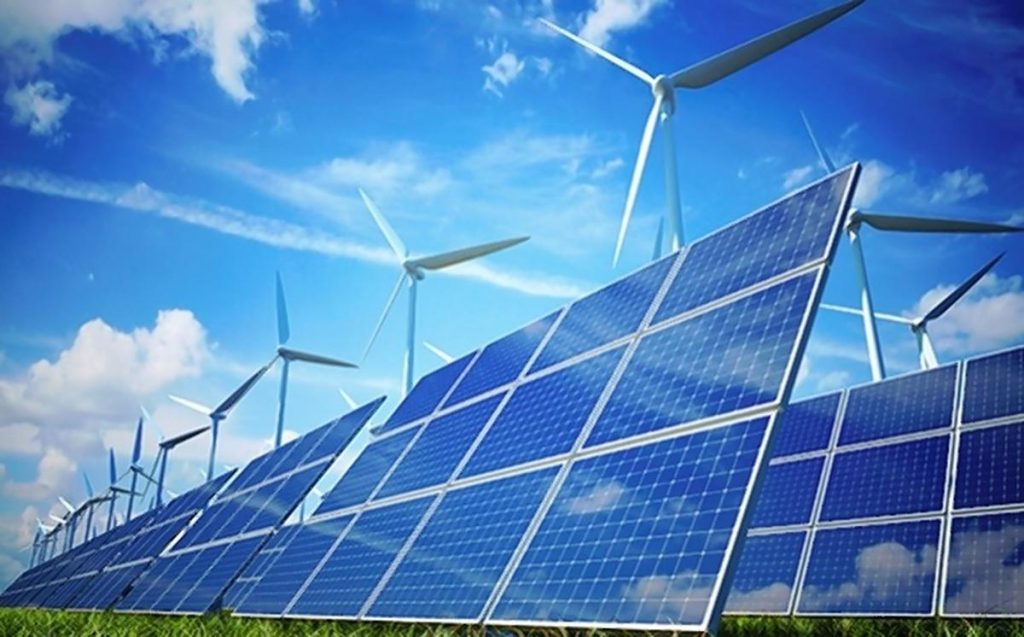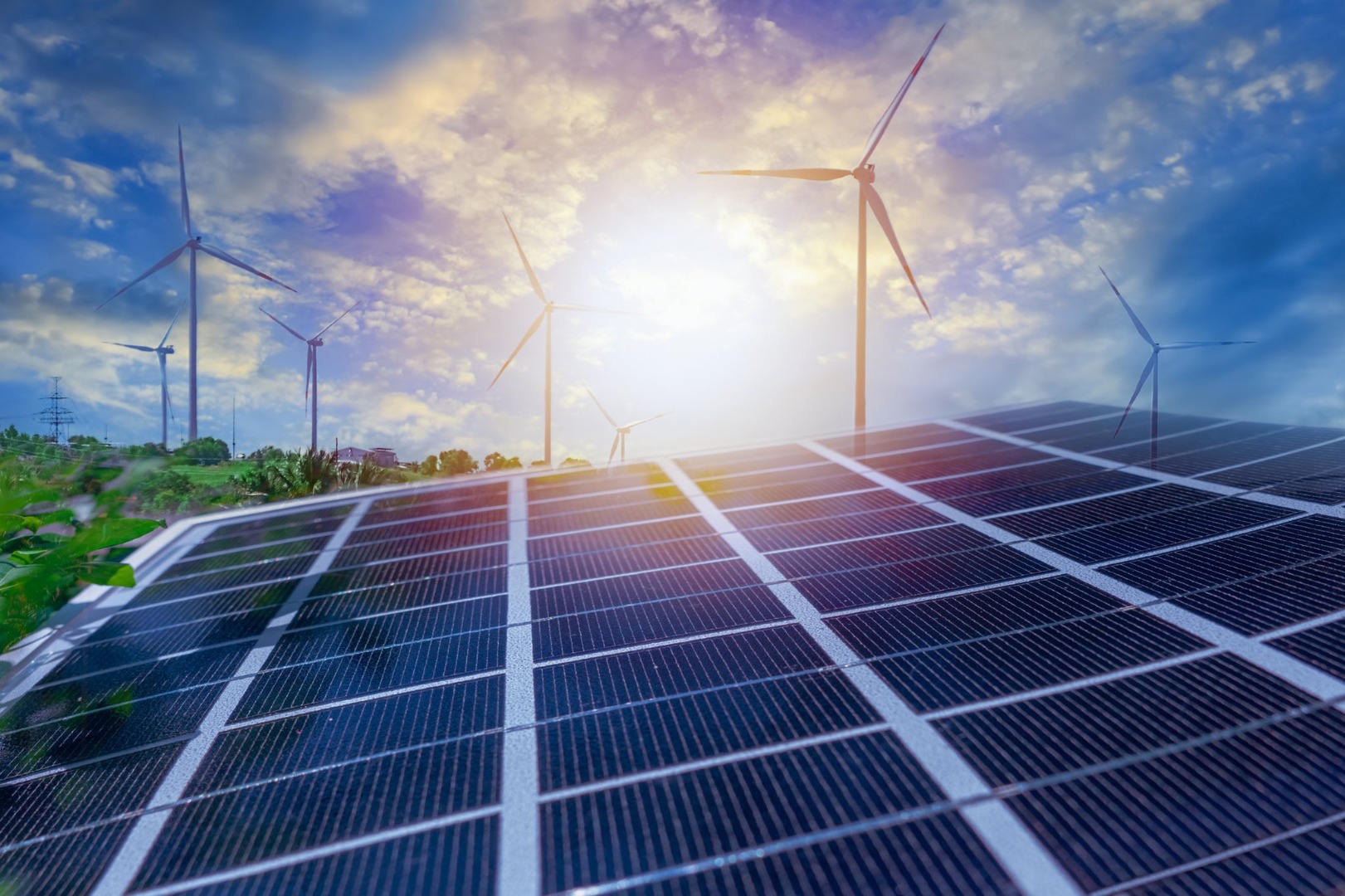In India, which is the world’s third largest producer of renewable energy, nearly 40 per cent of installed electricity capacity comes from non-fossil fuel sources. Nearly five times the amount of power produced by a 250 MWe nuclear reactor from non-fossil fuels. Renewables to the electrical grid, policymakers believe India must move quickly to create feasible energy storage solutions.
Nearly 40% of installed power capacity in India. The world’s third largest renewable energy generator is from non-fossil fuel sources. This green drive resulted in a 24% drop in GDP emission intensity between 2005 and 2016.

A growing policy determination is that solar and wind-based power cannot continue to be pushed down to failing energy distribution businesses or discoms, even though the lithium-ion storage battery option for grid application is now being ruled out as unviable, at least for now. According to sector experts, SECI (Solar Energy Corporation of India Ltd), the state-owned company that conducts solar auctions, has locked several contracts involving green developers in rigid PPAs (power purchase agreements) with no room for innovation. This has made the challenge of renewable energy even more difficult.
To balance out the unpredictability in a renewable generation—electricity is only produced when the sun shines or the wind blows—energy storage is required in addition to green energy sources. This is occasionally out of phase with the demand cycle. This drawback of renewable energy can be overcome with storage.
Due to these fluctuations in generation patterns, procurers like state-owned discoms; must continue to rely on thermal or nuclear power to satisfy base load demand because renewables are not always a feasible choice. Combining renewable energy with a practical storage solution aids in solving this issue.

